Fast & tracked delivery
Your dose of creativity arrives quickly at your home, you can track your package right to your mailbox.
Welcome to our exclusive collection dedicated to the fascinating world of cross-stitch embroidery. At Joy!, we celebrate the harmony between tradition and modernity , offering you a diverse range of embroidery kits designed to awaken your creativity and enrich your artistic experience.
Whether you're a long-time enthusiast or new to the colorful world of embroidery , our collection has been carefully selected to meet all skill levels. From classic patterns to contemporary designs, each kit is an invitation to explore the art of embroidery , express your personal style and create works that reflect your passion and finesse.

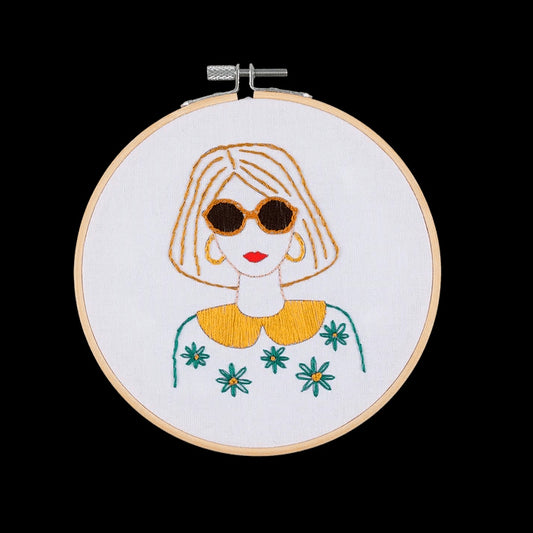



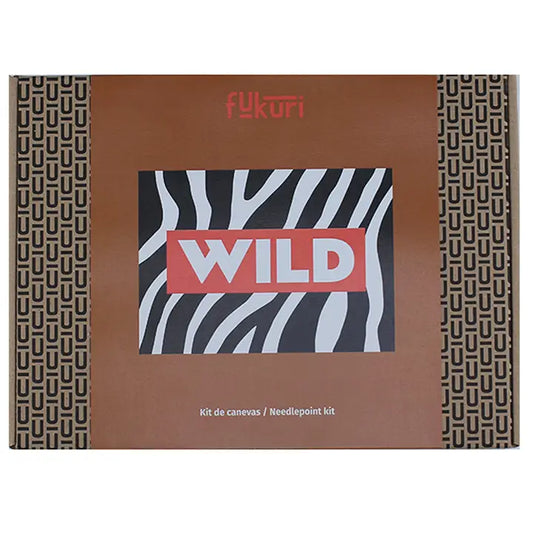
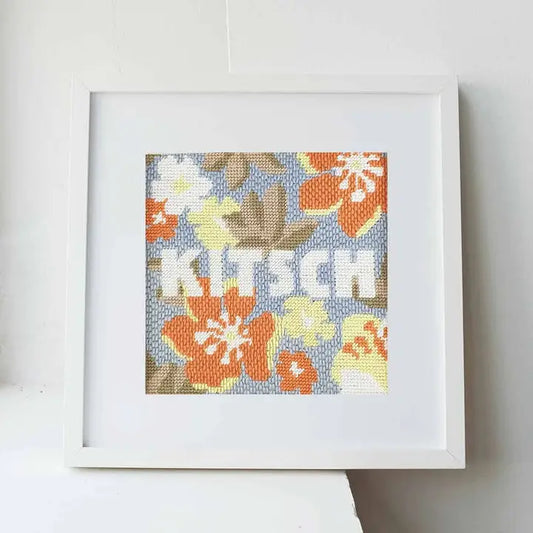
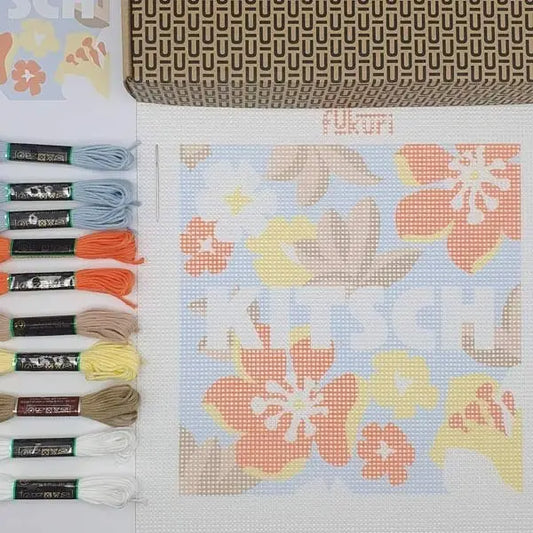
Subscribe to the newsletter and receive a 10% promo code!

Cross-stitch embroidery is a form of textile art where you use X-shaped stitches on a regular weft canvas to create designs. Popular for its simplicity and versatility, it allows you to create a variety of designs, from detailed images to decorative text, using different colored threads.
Choosing a cross stitch embroidery kit depends on your experience and comfort with embroidery techniques.
For beginners, we recommend kits with clear instructions and simple patterns. These kits generally contain larger designs with less fine detail.
For intermediate and advanced embroiderers, opt for kits with more complex designs and varied techniques. Also make sure the kit contains all the necessary materials, such as thread, needle and canvas.
Cross-stitch embroidery offers multiple benefits. It stimulates creativity, improves concentration and can be extremely relaxing, reducing stress.
It's also a great way to personalize items and create unique gifts . Technically, cross stitch is easy to learn and allows for precise, detailed designs , making it a rewarding activity for people of all ages.
If you 're new to cross-stitch embroidery, start with simple designs and use Aida fabric , which is easy to work with. Take the time to familiarize yourself with the different types of threads and stitches.
Read the instructions that came with your box carefully, and be sure to watch online tutorials for additional guidance.
Remember that patience and practice are essential; don't be discouraged if your first projects aren't perfect.
To preserve your cross-stitch embroidery paintings , avoid exposing them directly to sunlight to prevent fading. Gently hand wash your embroidery with mild detergent and lukewarm water, then lay flat to dry. Iron them inside out to avoid flattening the stitches. To store them, wrap them in tissue paper or cotton cloth to protect them from dust and wrinkles. If possible, avoid folding your embroidery; prefer to roll them or store them flat.
The ideal is to use a frame with glass to protect your embroidery.
You can wash your embroidery in warm, soapy water to remove fingerprints and revive the colors.
Use a mild soap, such as Marseille soap. Do not rub.
Rinse gently with clean water until clear.
Gently stretch your embroidery so that it regains its shape then leave to dry flat on a towel, away from direct sunlight so as not to alter the colors.
To embroider a larger pattern, you need to recalculate the number of stitches in the grid based on the fabric you will be using.
For example, if your pattern is 50x70 stitches on a 5 count canvas (i.e. 10x14 cm), it will be 100x140 stitches on an Aida 7 count canvas (i.e. 14x20 cm).
You can use software or an app (like Cross Stitch Saga) to edit the grid easily.
To know the final dimensions of your embroidery, count the number of stitches in width and height on the grid (e.g.: 60 x 80 stitches).
Divide each measurement by the number of stitches per cm of your canvas.
On a 5.5 stitches/cm Aida fabric, your embroidery will be approximately 11x15 cm (60/5.5 = 10.9 and 80/5.5 = 14.5).
Add a few cm margin for finishing.
After cutting a strand of suitable length (approx. 50 cm), separate it in 2 and thread your needle. Make a knot at the end, on the back of the work. Plant your needle on the right side and pull until the knot stops. Bring the needle out a few stitches further and insert it back into the first hole to make a small loop that will block the thread. Your first stitch is ready to be embroidered! You can also use a colored backstitch to start.

Cross-stitch embroidery is an ancient art form, the first traces of which date back to the 6th century AD in Asia . It quickly spread to Europe, where it was adopted in monasteries to decorate liturgical vestments and draperies . Over the centuries, this technique became more popular, becoming a popular pastime in homes, particularly during the 19th century. Today, cross-stitch embroidery is loved for its simplicity and beauty , allowing you to create detailed and colorful works of art.

Cross-stitch embroidery is experiencing a modern revival, with trends that include the use of modern patterns and the integration of new techniques and materials.
Today's embroiderers love to mix traditional styles with modern elements, creating unique pieces that reflect their personality. Social media and online platforms have also played a key role in spreading this trend, allowing artists to share their designs and inspire a new generation of embroiderers.

Your dose of creativity arrives quickly at your home, you can track your package right to your mailbox.

Got a problem? Don't panic, you have 15 days to change your mind.

Creative activities for young and old (from 0 to 77 years old!), perfect for disconnecting from screens and spending real time together.
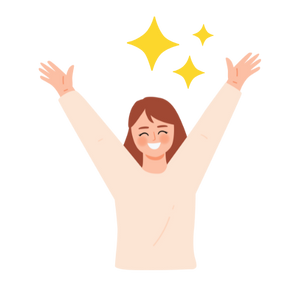
JOY! is fun, colorful, and a touch of madness to dust off your creative leisure activities!
